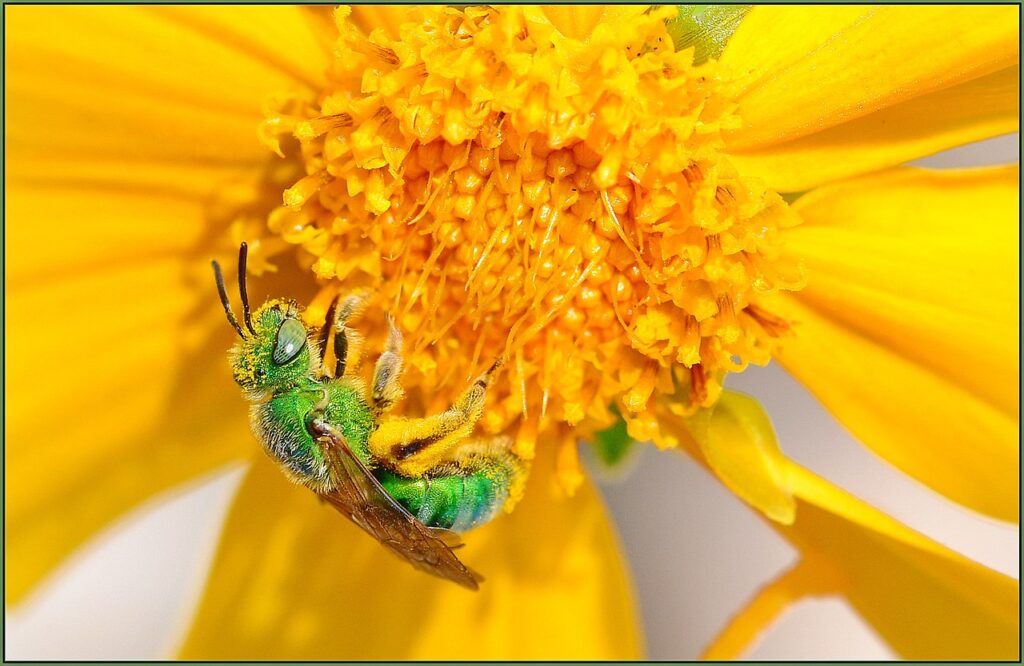
Introduction to Sweat Bees
Sweat bees, belonging to the genus Agapostemon, are fascinating little insects that play a vital role in our ecosystem. These bees are much smaller than honeybees, typically measuring less than 1/2 inch in length. They come in a variety of colors, including metallic greens, blues, and golds, which can give them an appearance somewhat similar to flies. Their unique coloration and size can make them easily mistaken for other insects, but their distinctive features set them apart.
Attraction to Human Sweat
One of the most intriguing aspects of sweat bees is their attraction to human sweat. They are often found buzzing around people, particularly on warm days when sweat is more likely to be present. This behavior is not just a nuisance; it is driven by their need for the salt and moisture found in perspiration. While they may sting when disturbed, their stings are relatively mild compared to those of other bee species, and they typically cause little pain. Most often, these bees are non-aggressive and only sting in self-defense.
Importance as Pollinators
Sweat bees are important pollinators, contributing significantly to the pollination of a wide variety of plants, including many wildflowers and crops. Their foraging habits help facilitate the reproduction of plants, making them essential for maintaining biodiversity and healthy ecosystems. Gardeners often welcome them as allies in promoting the growth of flowering plants.
Control Measures for Sweat Bees
If you’re encountering sweat bees around your home, it’s generally advisable to leave them alone, as they are beneficial insects. However, if they become a nuisance, consider employing non-lethal control methods. Sweating less or wearing lighter, less fragrant clothing can reduce attraction. Additionally, maintaining cleanliness by covering food and drink during outdoor activities can help keep them at bay.
What to Do About Them
In summary, sweat bees are remarkable insects that contribute to pollination and biodiversity. Their unique characteristics and gentle nature make them a valuable part of our natural world. For more information about these fascinating pollinators, you can explore resources such as the USDA Forest Service.
By understanding and appreciating sweat bees, we can foster a greater awareness of their role in our ecosystems and promote practices that protect these essential pollinators. Embrace them as valuable pollinators in your garden! If they become a nuisance or you need help with pest issues, contact us for simple and effective solutions today!
